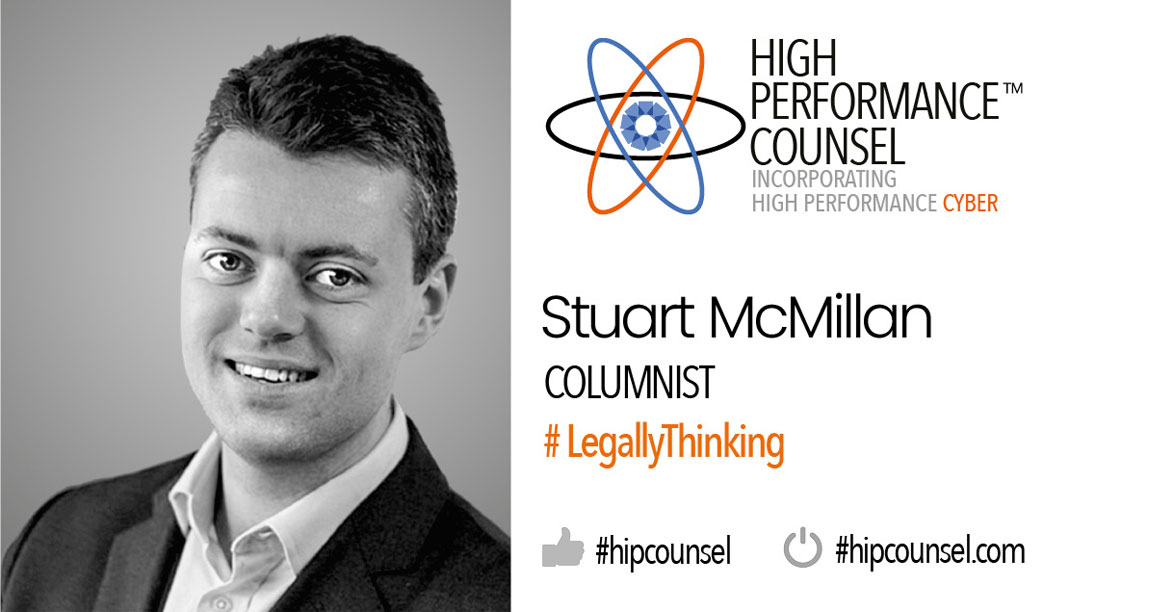
Evidence: a crucial element of the final decision in any legal case. But what constitutes evidence? Once upon a time it was a stack of papers to be pored over by solicitor or counsel, or perhaps a small amount of video footage or audio. But over the last 20 years it has been transformed. Email, WhatsApp and social media have meant that evidence can run to tens of thousands of pages, with manual checking taking many man hours so as to make the process almost impossible. Where humans cannot reach, technology has stepped in. E-filing, document analysis and various NLP software have all been introduced into the process recently. But can we guarantee that technology will effectively analyse evidence to the same standard as a human?
It turns out, we probably can. As the type of evidence that can be extracted has become ever more complex and deep, so have the methods for assessing it. E-Discovery, once a niche operation confined to tech hubs like Los Angeles, has ballooned. E-Discovery is the practice of taking these enormous volumes of digital data, preserving their defining characteristics such as time stamps and metadata, and then analysing them as a whole to extract key pieces of information, trends and the like. Allen & Overy hired the first global head of e-discovery within aMagic Circle law firm in 2017, and Linklaters followed suit in 2018. In 2019, Slaughter & May announced the first tranche of legal tech developers that would receive full access to the firm’s lawyers to test their products as part of its ‘Collaborate’ initiative. One of these chosen products, LitiGate, offers such features as turning raw data from documentation into a usable timeline of events, production of quality bundles, and even identifying every single person in your collection of documents to produce a ‘cast of characters’ of everyone who is part of the case. These methods have begun to filter through into common law — predictive coding for determining document relevance, for instance, was recently endorsed by an English Court in Pyrrho Investments v MWB Property.
So — the legal world is catching up with the tech world, right? Sort of. As ever, in the commercial world there is money aplenty. In the criminal and public law space, the landscape is quite different. In criminal law, failures by the prosecution to effectively disclose could seriously harm the evidence of a case and even alter its outcome. The CPS’ Joint National Disclosure Improvement Plan represents a meaningful step towards ensuring adequate and professional practices from prosecutors when it comes to disclosure and use of evidence. Meanwhile, the Police ICT Company is a private venture established to help policing by handling the procurement and scaling of IT and technology that can help it do its job better.
Forensics and expert witnesses are still paramount to the process and they cannot be replaced by machines. Sadly, forensic capability in the UK has deteriorated over recent decades. Professor Claude Roux called England and Wales ‘the “Mecca” for forensic science’ when he was a student — over two decades ago. But in a recent report from the UK Parliament on forensic science and the criminal justice system, it suggested that the forensics system in the country was under serious strain and needed help. So, where to go from here?
Budget cuts, some privatisation and a system with too many moving parts could be to blame for the decline of the industry in the UK. From a historic low in 2012 when the Forensics Science Service, widely acknowledged to be the centre of forensic services in the UK, was closed down, strides have been made to get back to where we once were when Professor Roux was a student. Digital forensics may be taking strides, but scientific forensics still require more investment than they currently receive.
Expert witnesses, who are highly knowledgeable in a specific field and charge to turn up in court and offer their wisdom for the benefit of case, also pose their own conundrums. In Legal Aid cases, the Legal Aid Agency sets their cap on payment of expert witnesses’ fees by the Civil and Criminal Legal Aid Legislation — meaning that those experts who charge top rate are out of scope, and therefore the quality of expert might not be as high in a publicly funded case as in a privately funded one. This means, of course, that the quality of evidence differs, and public cases potentially suffer. Plus, without adequate funding for evidence, the justice system leaves itself open to the possibility of being duped by ‘deep fakes’ and falling behind when it must stay on top of a rapidly evolving area.
In 1981, when a Royal Commission on Criminal Procedure raised concerns about police prosecuting cases where they had themselves apprehended the suspect, they found a multiplicity of different methods varying from force to force. This led in 1986 to the creation of the Crown Prosecution Service. From that time to now it has always been clear that, while technology has a huge role to play, the police, forensic science and expert witnesses remain a cornerstone of the system. Since then, the pursuit of clean, inviolable evidence and a high standard of execution has been paramount to the CPS’ continued success. In order for that to continue, we should invest in methods of weighing evidence both in and outside of the tech space. Unless we are willing to accept a different standard of evidential scrutiny from one part of the justice system to the other, cash-rich commercial law firms should not have a monopoly on robust evidence collation and examination.
All opinions my own.
Share Article
Go direct, improve your chances and save cost through Small Claims Portal today




